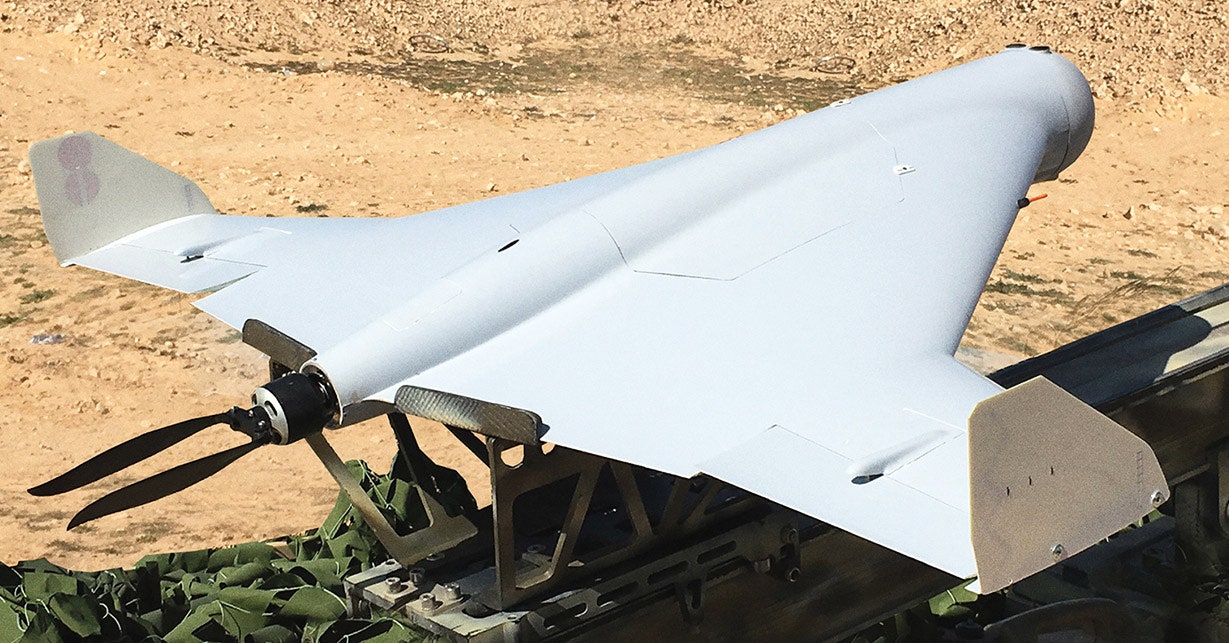A Russian “suicide” drone” that offers the ability to identify targets using artificial intelligence has been seen in images of the ongoing invasion of Ukraine.
Photos showing what appears to be the KUB-BLA, a type of deadly drone known as a “hanging ammunition” sold by ZALA Aero, a subsidiary of Russian weapons company Kalashnikov, have appeared on Telegram and Twitter in recent days. The photos show damaged drones that appear to have crashed or shot down.
With a wingspan of 1.2 meters, the sleek white drone resembles a small pilotless jet fighter. Fired from a portable launcher, it can travel for 30 minutes to 80 miles per hour, and deliberately crashes into a target, detonating a 3-kilogram explosive device.
ZALA Aero, which first demonstrated the KUB-BLA at a Russian air show in 2019, claims in promotional materials that it offers “intelligent detection and recognition of objects by class and type in real time”.
The drone itself may do little to change the course of the war in Ukraine, as there is no evidence that Russia is using them extensively to date. But its appearance has raised concerns about the potential for AI to play a greater role in making deadly decisions.
“The idea of a killer robot — where you’ve fused artificial intelligence with weapons — that technology is here and being used,” said Zachary Kallenborn, a research partner with the National Consortium for the Study of Terrorism and Responses to Terrorism (START).
Advances in AI have made it easier to incorporate autonomy into weapon systems and raised the prospect that more capable systems could eventually decide for themselves who to kill. A UN report published last year concluded that a deadly drone with this capability may have been used in the Libyan civil war.
It is unclear whether the drone may have been operated in this way in Ukraine. One of the challenges with autonomous weapons may be the difficulty of determining when to use full autonomy in a lethal context, Kallenborn says.
The KUB-BLA images have yet to be verified by official sources, but the drone is known to be a relatively new part of Russia’s military arsenal. Its use would also be consistent with Russia’s changing strategy in the face of unexpectedly strong Ukrainian resistance, said Samuel Bendett, a Russian military expert at the defense think tank CNA.
Bendett says Russia has been building its drone capabilities in recent years, using them in Syria and acquiring more after Azerbaijani forces proved their effectiveness against Armenian ground soldiers in the 2020 Nagorno-Karabakh war. alternative to flying manned missions,” he says. “They are highly effective both militarily and naturally psychologically.”
The fact that Russia seems to have used few drones in Ukraine to begin with may be due to a misjudgment of the resistance or effective Ukrainian countermeasures.
But drones have also pointed to a major vulnerability in the Russian invasion, now entering its third week. Ukrainian forces have used a Turkish-made remote-controlled drone called the TB2 to great effect against Russian forces, firing guided missiles at Russian rocket launchers and vehicles. The paraglider-sized drone, which relies on a small crew on the ground, is slow and unable to defend itself, but it has proven effective against a surprisingly weak Russian air campaign.

